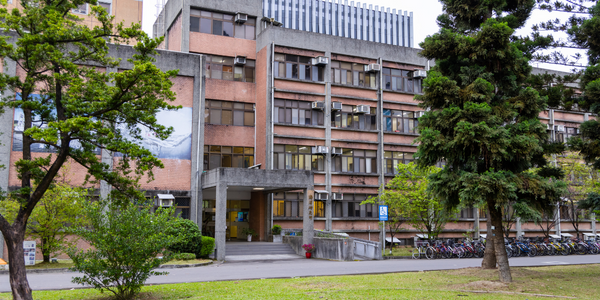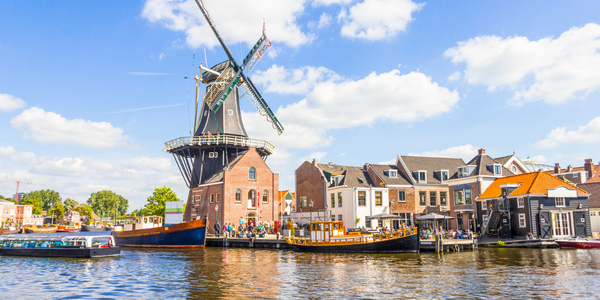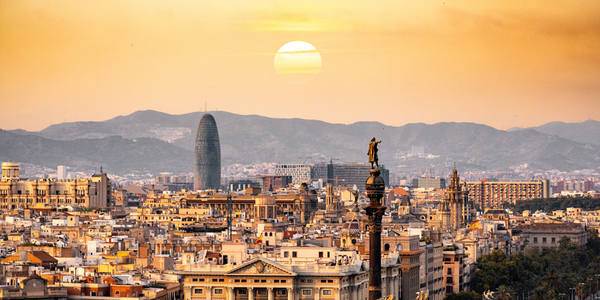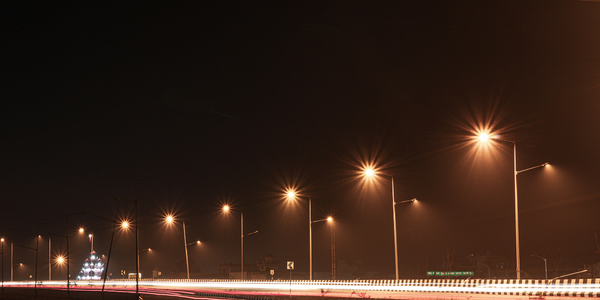Technology Category
- Analytics & Modeling - Machine Learning
- Sensors - Utility Meters
Applicable Industries
- Buildings
- Cities & Municipalities
Use Cases
- Continuous Emission Monitoring Systems
- Water Utility Management
About The Customer
Kolding Municipality is a public building owner with ambitious energy-saving goals. The municipality is responsible for the energy optimization of its 450 properties, including schools, stadiums, and other public buildings. The energy coordinator at Kolding Municipality, Pernille Bech Darbroudi, is responsible for the reporting of electricity, water, and heat consumption. The municipality was seeking a modern, efficient solution to identify energy waste and optimize energy consumption in its buildings.
The Challenge
Kolding Municipality, a public building owner, was facing challenges in achieving its ambitious energy-saving goals. The existing energy management program was outdated and inefficient, making it a time-consuming task to manually analyze data from electricity meters. This inefficiency made it difficult to identify energy fluctuations in the municipality’s numerous properties, including schools and stadiums. The municipality needed a modern, efficient solution to identify energy waste and optimize energy consumption in its buildings.
The Solution
The municipality partnered with Ento, a Danish entrepreneurial company specializing in energy optimization using artificial intelligence (AI). Ento's AI solution automatically analyzes energy consumption data and suggests potential energy savings. The solution is based on electricity data from the utility and includes several other sources to give the AI a deeper understanding of the energy consumption. The AI solution is accessible via an online portal, providing an efficient and user-friendly interface for the municipality. Of the municipality’s total 450 properties, 210 were identified as relevant for analysis by the AI solution.
Operational Impact
Quantitative Benefit

Case Study missing?
Start adding your own!
Register with your work email and create a new case study profile for your business.
Related Case Studies.

Case Study
Turning A Stadium Into A Smart Building
Honeywell created what it called the “intelligent system” for the National Stadium in Beijing, China, turning the venue for the opening and closing events at the 2008 Summer Olympics into a “smart building.” Designed by highly controversial artist Ai Weiwei, the “Bird’s Nest” remains one of the most impressive feats of stadium architecture in the world. The 250,000 square meter structure housed more than 100,000 athletes and spectators at a time. To accommodate such capacity, China turned to Honeywell’s EBI Integrated Building Management System to create an integrated “intelligent system” for improved building security, safety and energy efficiency.

Case Study
Energy Saving & Power Monitoring System
Recently a university in Taiwan was experiencing dramatic power usage increases due to its growing number of campus buildings and students. Aiming to analyze their power consumption and increase their power efficiency across 52 buildings, the university wanted to build a power management system utilizing web-based hardware and software. With these goals in mind, they contacted Advantech to help them develop their system and provide them with the means to save energy in the years to come.
.png)
Case Study
Smart Street Light Network (Copenhagen)
Key stakeholders are taking a comprehensive approach to rethinking smart city innovation. City leaders have collaborated through partnerships involving government, research institutions and solution providers. The Copenhagen Solutions Lab is one of the leading organizations at the forefront of this movement. By bringing together manufacturers with municipal buyers, the Copenhagen Solutions Lab has catalyzed the development and deployment of next-generation smart city innovations. Copenhagen is leveraging this unique approach to accelerate the implementation of smart city solutions. One of the primary focus areas is LED street lighting.

Case Study
Buoy Status Monitoring with LoRa
The Netherlands are well-known for their inland waterways, canals, sluices and of course port activities. The Dutch Ministry of Infrastructure indicates that there are thousands of buoys and fixed items in and near water environments that would profit from IoT monitoring. One of the problems with buoys for example, is that they get hit by ships and the anchor cable breaks. Without connectivity, it takes quite some time to find out that something has happened with that buoy. Not to mention the costs of renting a boat to go to the buoy to fix it. Another important issue, is that there is no real-time monitoring of the buoys at this moment. Only by physically visiting the object on the water, one gains insight in its status.

Case Study
Barcelona Case Study
Barcelona’s heavy traffic and its associated high levels of pollution were the primary factors that motivated some companies and universities to work on strategies for improving traffic in the city centre. Bitcarrier is one of the technologies involved in the In4Mo Project, whose main objective is to develop the applications that form the core of smart mobility, one of the fundamental pillars of the smart city concept.








